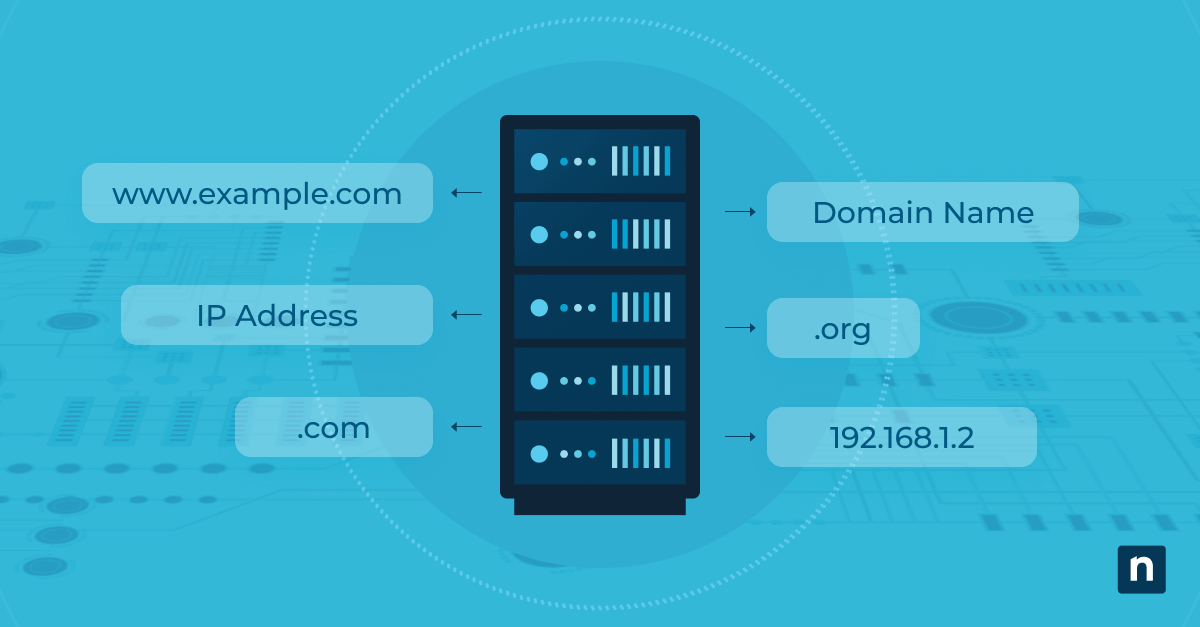The Device Security page in Windows Security is a directory of your system’s primary security features. It contains detailed configurations of key functionalities such as core isolation, secure boot, and the Trusted Platform Module (TPM) chip.
Power users find this page informative, but IT administrators think otherwise.
For them, having access to this much security information in managed environments only creates confusion for end users.
What’s more alarming is that it can increase the risk of user interference. As a result, some organizations choose to hide the page altogether.
This guide will show you how to enable and disable the Device Security page in Windows Security.
How to hide or show the Device Security page in Windows 11
You can’t toggle the Device Security page in Windows Settings or Windows Security, but you can use other built-in tools to configure it.
📌 Prerequisites:
- Operating System. Your computer should run on Windows 11 Pro, Enterprise, and Education.
- Administrative Rights. You need administrative privileges for the configurations to work.
📌 Recommended deployment strategies:
| Click to Choose a Method | 💻 Best for Individual Users | 💻💻💻 Best for Enterprises |
| Method 1: Via Registry Editor | ✓ | |
| Method 2: Using a PowerShell script | ✓ | |
| Method 3: Using a .reg file | ✓ | ✓ |
💡Note: Hiding the Device security page in Windows Security will not disable your system’s security features; it will only change its UI.
Method 1: Hide or show via the Registry Editor
📌 Use Case: This method is ideal for power users who want to make quick local changes.
- Press Win + R, type regedit, and press Enter.
- Navigate to:
HKEY_LOCAL_MACHINE\SOFTWARE\Microsoft\Windows Security Health\DeviceSecurity
- Create or modify the following DWORD (32-bit) value:
Name: HideDeviceSecurityPage
Value:
- 1 = Hide the Device security page
- 0 = Show the Device security page
- Restart your system or sign out to apply the changes.
💡 Important: Registry misconfigurations can cause system instability. Check out the Things to look out for table for the potential risks of using this method.
Method 2: PowerShell script for automation
📌 Use Case: This method is best for implementing configurations via deployment tools.
- Hide the Device Security page:
New-Item -Path "HKLM:\SOFTWARE\Microsoft\Windows Security Health\DeviceSecurity" -Force | Out-Null
Set-ItemProperty -Path "HKLM:\SOFTWARE\Microsoft\Windows Security Health\DeviceSecurity" `
-Name "HideDeviceSecurityPage" -Value 1
- Show the Device Security page:
Set-ItemProperty -Path "HKLM:\SOFTWARE\Microsoft\Windows Security Health\DeviceSecurity" `
-Name "HideDeviceSecurityPage" -Value 0
Method 3: Configure using a .reg file
📌 Use Case: This method is recommended for bulk deployment across multiple systems.
- Hide the page:
Windows Registry Editor Version 5.00
[HKEY_LOCAL_MACHINE\SOFTWARE\Microsoft\Windows Security Health\DeviceSecurity]
"HideDeviceSecurityPage"=dword:00000001
- Show the page:
Windows Registry Editor Version 5.00
[HKEY_LOCAL_MACHINE\SOFTWARE\Microsoft\Windows Security Health\DeviceSecurity]
"HideDeviceSecurityPage"=dword:00000000
Save it as a .reg file and run it with administrative privileges.
⚠️ Things to look out for
Keep these pitfalls in mind when following our guide.
| Risks | Potential consequences | Reversal |
| Incorrect registry configuration | Adding the wrong keys to the Registry can cause system instability. | Back up your registry before making any changes. |
| Inconsistent policy enforcement | Some users may still see specific parts of Windows Security. | Consider implementing additional UI restrictions in Group Policy. |
| Running scripts with no administrative rights | Running a script or a .reg file | Make sure you’re signed in as an administrator before running Registry Editor or PowerShell. |
| Wrong file extensions | If a .reg file has the wrong line ending, it won’t execute properly. | Check if your .reg file is saved with a .reg extension before deployment. |
Why you should consider hiding the Device Security page
Hiding the Device Security page in the Windows Security app can:
- Prevent tampering and confusion from advanced system settings. Users are less likely to make advanced security configurations when they can’t access those options.
- Reduce exposure of sensitive information on shared or kiosk devices. Hiding the Device Security page also helps maintain privacy in shared environments. It prevents people from seeing or interacting with your system’s hardware-based protections.
- Simplify the user interface in managed or restricted environments. With fewer advanced system settings in sight, the Windows Security app will be much easier to navigate for users with limited permissions.
- Support compliance with organizational and industry visibility standards. Some organizations are required to keep specific system information hidden from end users. Disabling the Device Security page in Windows Security will help you comply with these standards.
Keep your system’s security details private by hiding the Device Security page in Windows Security
The Device Security page in Windows Security is designed to keep users informed, but leaving it visible in managed or shared environments isn’t the best idea. Having access to such detailed information can overwhelm users or, worse, tempt them to tinker with settings they shouldn’t change.
Keeping this page hidden will reduce confusion, prevent accidental misconfigurations, and improve the overall user experience.
Related topics:
- Hide Account Protection in Windows Security in Windows 10 and Windows 11
- How to Enable or Disable Local Security Authority Protection in Windows 11
- How to Add Support Contact Information to Windows Security in Windows 10
- How to Hide or Show Account Protection in Windows 10 Security
- How to Create a Windows Security Settings Shortcut in Windows 10







